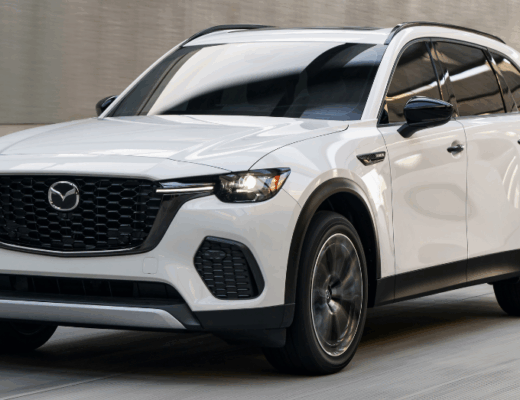Driving helps us get where we need to go quickly and conveniently on a daily basis. Most of the time we don’t think much of our vehicles except to know they’re available for us to ensure we can get from one place to another easily and without much worry. The movement and growth of the number of EVs on the market has changed this a bit. Because most of us are still not familiar with EV models and how they drive along with the amount of range offered we have to consider the fact that the range may not be exactly what’s shown on the instrument gauges.
With the knowledge we have now we do know that our driving habits have a lot to do with the range an EV can have and getting stuck in traffic or pushing the range to the limits is a real fear for most people. This fear is called range anxiety and as the number of miles until the charge is gone gets nearer many who drive and EV will feel anxious to get the car to the nearest charging station or back home to plug it in.
This worry plus the need to charge more often than a gas tank needs filled (typically 1.5 times as often) makes it feel like an EV is more work than its worth. The reality is an EV can handle as much as 87 percent of your driving needs. If you have an EV model that has a range of 150 miles, most days you’re unlikely to drive anywhere near that number of miles and if you’ve set up a charging port at home, your vehicle can always charge while you’re sleeping to be full and ready to go the next day.
The challenge with an EV comes in when you need to make longer trips. Currently there are only 14,000 EV charging stations across the country compared to 115,000 gas stations for gasoline engines. This is expected to change in the near future as more EVs hit the road, but you still will need to find where these charging stations are along your trip before you can make a cross country tour since you will be stopping more often than you would have if you drove a gasoline powered vehicle across the country. However, hybrid models like the Chevy Volt can take you further with a combined full charge and full tank of gas.
The need to stop more often isn’t the only challenge. The charging of your EV will take longer than pumping gas, even if you have a supercharging station that can give you eighty percent charge in thirty minutes you’ll have to stay at the station longer. This makes the driving of an EV for longer trips much more of a lifestyle change than just living with one for day to day driving. While many automakers are working to develop EV ranges that will rival that of a gasoline powered engine they aren’t there yet and the charging does take much longer to complete than the pumping of gas.
Is an EV the right vehicle for you? If you live and work in the city and do most of your driving around town an EV could be a great way for you to never have to visit a gas pump again. On the other hand, when you want to take a long road trip you can either be patient and know you’ll need more time for your EV to do the charging needed or you could rent a gasoline powered vehicle just for these trips to make it much easier and more convenient to be on the road.
This post may contain affiliate links. Meaning a commission is given should you decide to make a purchase through these links, at no cost to you. All products shown are researched and tested to give an accurate review for you.




